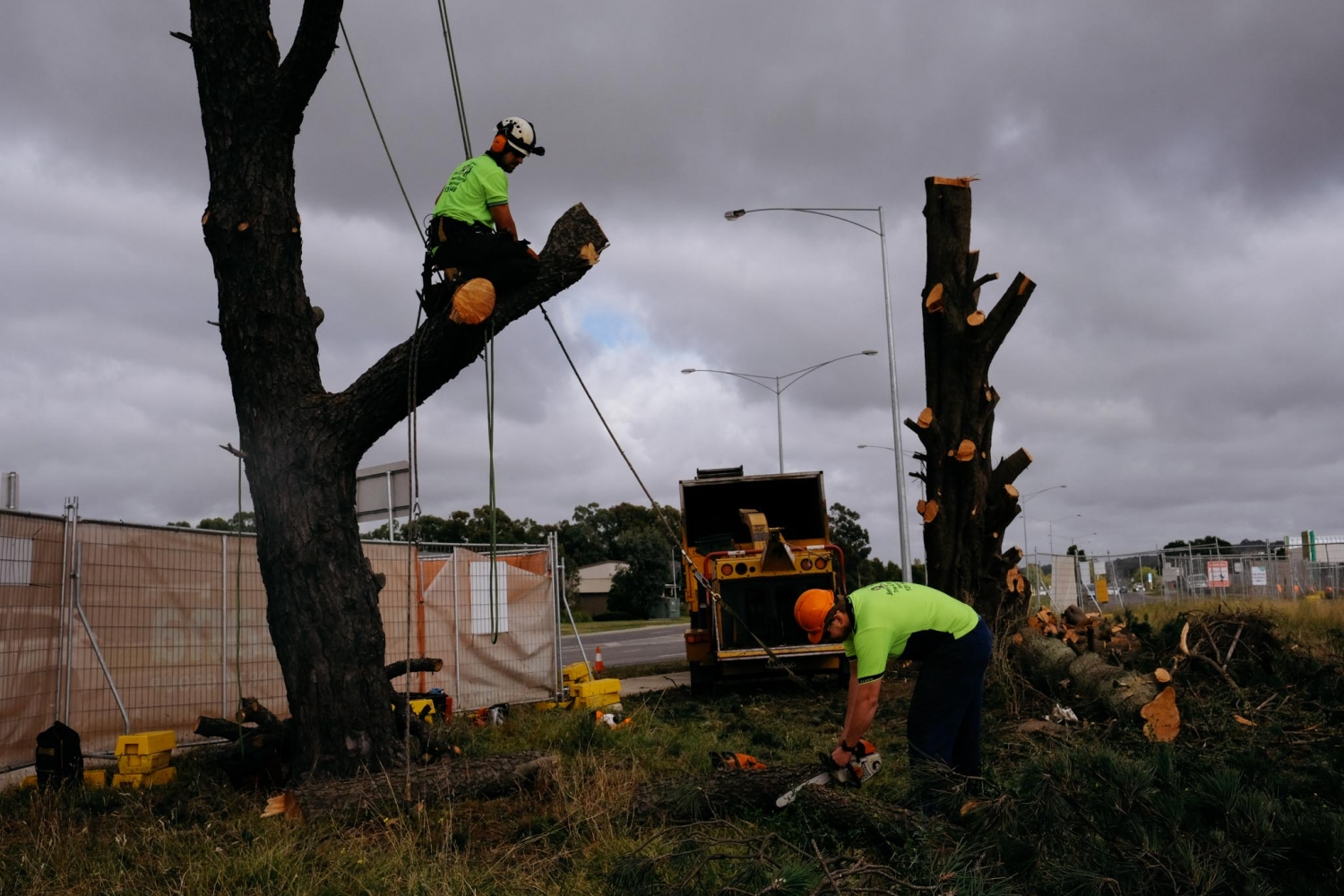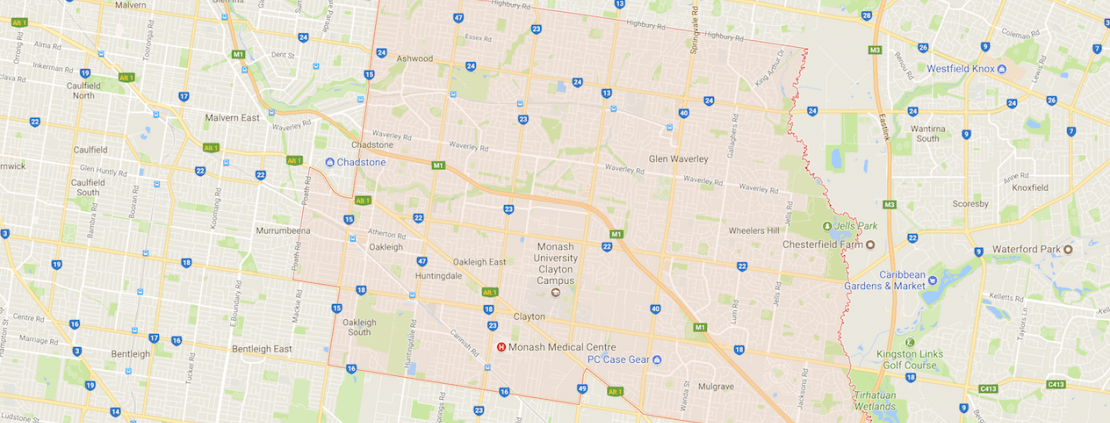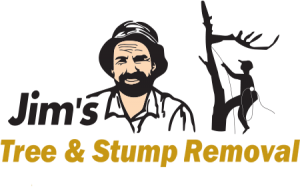Tree Removal & Pruning Guidelines in the City of Monash
If you want to avoid a fine from the council, then learning a bit about the tree removal and pruning process in the city of Monash is helpful. While the cost of cutting down a tree, lopping its branches or even applying for a planning permit might seem expensive, those costs are very cheap compared to the fines for breaking the law. This helpful guide will cover topics such as dealing with overhanging branches, removing native trees, applying for permits, understanding overlays, hiring a tree surgeon and more. Read on if you want to start the process of removing or pruning your private trees the right way.
Why Remove a Tree?
Falling Branches
Falling branches and trees can be a hazard on properties and cause stress for home owners and residents. One of the best and most common reasons for removing a tree is to reduce the risk that comes with oversized vegetation. Overweight branches can pose a serious risk of injury or death to anyone passing beneath them or risk damage to any property in its path. The structural integrity of a branch can be compromised by a lack of pruning and maintenance says Malcolm, an Arborist and Jim’s franchisee who has been working in and around the Monash Council area for the last 10 years:
“If you take a kilo of leaf off the tip of a branch it might alleviate 20kgs at the union where it joins the trunk, so you can ease the pressure on branches by taking the weight off them.”
While pruning can reduce the risk of falling branches, another local franchisee, Arvinder, who has been working in the Monash region for the last three years says that some trees are just predisposed to losing limbs: “In heavy storms branches can snap and fall, especially Gum Trees, their branches can snap very quickly from the high weight and density of the wood.”
Falling Trees
Falling branches are certainly a great cause for concern, greater still is a falling tree. Entire trees can become risks when they deteriorate in health, are poorly maintained or are damaged by storms. Decay in the roots or barrel of a tree are a strong sign the structure of a tree might be compromised.
Another leading cause of tree instability is an unequal weight distribution caused by improper pruning or cutting. Often trees that grow between property boundaries will be pruned by one stalwart neighbour and not the other, leading to a hazardous imbalance.
Property boundaries can also cause issues for trees that have grown in groves. In many situations groups of trees become interlinked in their root systems, relying on each other for stability and protection from the wind says Malcolm:
“…all of a sudden someone removes one tree because it’s on their property and then the other trees are exposed. Trees don’t understand that one property is different from another, they’re all just together. That’s where you’ve got to educate people about preserving trees.”
Storms
Finally you’ve got Mother Nature, when a tree is subjected to the right combination of wind and rain it doesn’t matter how healthy or well maintained it is, sometimes they can just fall, says Malcolm:
“When we have storms preceded by heavy rain that softens the soil and then some decent wind the tree can just tip over. So once the soil has been loosened up by rain that’s what you’ll find. So around July, August, September we start to get heavy rain and wind and suddenly trees start falling over, it could be perfectly healthy trees.”
Cost Cutting
Beyond safety reasons, overhanging branches can cause all sorts of problems as they shed their leaves. Arvinder points out that for some customers, removing a tree can be a matter of saving money:
“Overhanging branches can cause problems when the leaves block the gutters. Leaves in gutters are an ongoing issue that need to be repeatedly cleaned, removing the tree can reduce that cost.”
Development
Arvinder and Malcolm agree that outside of safety reasons, building and development is a leading cause of tree removal. Trees blocking extensions to houses and other residential developments often provide no other avenue beyond a complete removal. Our Arborists encourage anyone thinking of removing a tree for development to check on the Monash Council website to see whether they meet the requirements for a Planning Permit.

Two Jim’s Tree Specialists cutting a tree into transportable segments
Pruning Regulations
Pruning private trees in Monash is generally allowed without a permit if it is done for the purposes of maintenance and preservation. Pruning that includes the significant reduction of canopy or branches often requires a planning permit. To confirm whether a council permit is needed to conduct maintenance work on your private trees, contact the council directly or speak with an Arborist.
Removal Regulations
The Monash City Council has structured its Tree Removal Laws around its Vegetation Protection Overlay (VPO) zone.
First, the good news. If your property is not within the VPO zone then you do not need the permission of the Council to remove a tree. Lucky you, skip the complicated rules and jump right to the next part.
If your property is within the VPO zone you will require a Planning Permit to remove a tree if:
- The trunk has a circumference greater than 500mm (160mm diameter) at 1200mm above ground level, OR
- The tree is higher than 10 metres
You DO NOT require a Planning Permit to remove:
- Dead trees
- Willow Trees
- Radiata or Monterey Pines
- Evergreen Alders
- Sweet Pittosporums
- Desert Ashes
- Trees (or vegetation) that present an immediate risk of personal injury or damage to property. Only the part that presents the immediate risk may be removed.
About the region
Removing a tree in the City of Monash is by no means a simple process. According to our local Arborists, navigating the ever-changing rules and regulations of tree removals in the Monash region “can get pretty tricky”. Monash’s “leafy, green and treed character” is deeply loved by its residents and fervently protected by its council.
Licensed and qualified tree specialists are therefore an essential ingredient to any tree works carried out in the Monash region. Our local tree specialists are familiar with the Council regulations as well as the local environment, making them invaluable in tending to your tree requirements legally, safely and with the least harm to the ecosystem.
Throughout the City of Monash you can expect to see mixed species of evergreen, both small and large, scattered throughout the streetscapes in such a way that the residential gardens are clearly displayed beneath the green canopies. In the older style urban districts like Oakleigh and Hughesdale the alternating evergreen and deciduous trees contribute to its distinctive landscape, while the completion of developments and planting of trees in the south eastern areas of Wheelers Hill and Mulgrave has led to an increase in the canopy cover.
Common Trees
Some of the most common types of trees that you will encounter in the Monash area are:
- Black Wattle (Acacia mearnsii)
- Black Sheoak (Allocasuarina littoralis)
- Blackwood (Acacia melanxoylon)
- Bundy (Eucalyptus goniocalyx)
- Cherry Ballart (Exocarpus cupressiformis)
- Drooping Sheoak (Allocasuarina verticillata)
- Jimmy’s Shining (Peppermint Eucalyptus willsii)
- Messmate Stringybark (Eucalyptus obliqua)
- Narrow-leaf Peppermint (Eucalyptus radiata)
- Rough-barked Messmate (Eucalyptus viminalis ssp. pryoriana)
- Saw Banksia (Banksia serrata)
- Silverleaf Stringybark (Eucalyptus cephalocarpa)
- Swamp Gum (Eucalyptus ovata)
- Swamp Paperbark (Melaleuca ericifolia)
- Yellow Box (Eucalyptus melliodora)

A Black Wattle Tree in the City of Monash
Suburbs that fall within the City of Monash that all of this is applicable for include:
- Ashwood
- Clayton
- Glen Waverley
- Hughesdale
- Huntingdale
- Chadstone
- Mount Waverley
- Mulgrave
- Notting Hill
- Oakleigh
- Oakleigh East
- Wheelers Hill
Cutting to the Chase
Removing a tree in the City of Monash can be a complicated process to navigate, constantly changing rules on top of all the safety and financial factors you need to consider is enough to leave anyone confused.
Whether you want to reduce the risk of falling branches on your property, or a tree is obstructing development plans, there are many reasons you might need to enlist the help of a qualified tree specialist. Before you do so, it is important that you determine which tree protection laws are applicable to your property and apply for any necessary planning permits. The cost of violating local council laws can be harsh, but so too is the cost of neglecting the health of your trees. Get a tree assessment today and invest in the health of your trees and your property.




